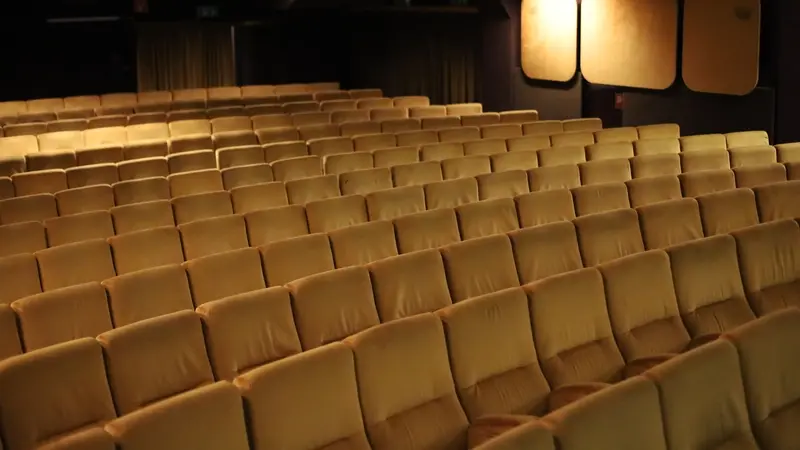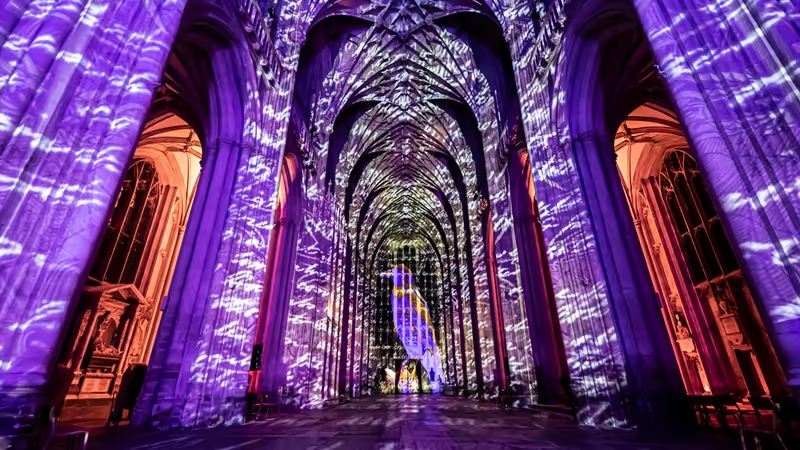The introduction of public access restrictions in two areas of the Exe Estuary has led to increased numbers of birds using the internationally important feeding and roosting sites at Dawlish Warren and Exmouth nature reserves.
A three year monitoring study has observed increases in waders and wildfowl including significant numbers of oystercatchers, shelducks, goldeneyes, black- and bar-tailed godwits and curlews, which are under increasing threat.
 Black-tailed godwits in Exe Estuary. Photo: Joe Harrison.
Black-tailed godwits in Exe Estuary. Photo: Joe Harrison.
Ecologists began to monitor the wildlife refuges when they were created in February 2018. Boundary markers were installed asking members of the public to voluntarily refrain from entering the refuges during active periods, which differ at the two sites.
Dawlish Warren is active all year round, while the Exmouth reserve is only active from mid-September through to the end of December, a period which corresponds with migratory birds using the site for overwintering.
Wardens were also available as sources of information and guidance at the refuges, which together comprise 7% of the Exe Estuary and were chosen for their value to bird communities.
 Oystercatchers and godwits in Exe Estuary. Photo: Joe Harrison.
Oystercatchers and godwits in Exe Estuary. Photo: Joe Harrison.
The study found that the wildlife refuges significantly reduced disturbance to protected bird species, while confirming that they are located in the right places and cover the most critical times of year.
It also found that the decrease in human activity resulted both from “reasonable levels of compliance” with the restrictions by members of the public and lower footfall during coronavirus pandemic lockdown periods, although there were increases in human activity during holiday periods too.
Maximum wildfowl numbers at the Exmouth refuge increased each year during the course of the study and total wildfowl numbers increased at the Dawlish Warren refuge, implying that both sites are becoming more important for birds over time.
 Black-tailed godwit in Exe Estuary. Photo: Joe Harrison.
Black-tailed godwit in Exe Estuary. Photo: Joe Harrison.
The research was commissioned by the South East Devon Habitat Regulations Partnership following the Exe Disturbance Study, published in 2011, which stressed the need to mitigate the impact of local development on the estuary’s wildlife.
The number of residential properties within 10km of the River Exe has increased by 11.9% in the last decade, resulting in greater numbers of people using the estuary for recreational purposes, with a corresponding adverse effect on local wildlife.
Annual variations in bird numbers may also be affected by factors including adult survival and breeding success as well as food availability, water quality and climatic impacts.
 Wigeons in Exe Estuary. Photo: Joe Harrison.
Wigeons in Exe Estuary. Photo: Joe Harrison.
The whole of the Exe Estuary is an internationally important wildlife site. It contains two Sites of Special Scientific Interest and is a Special Protection Area and a Ramsar site.
It contains a diverse range of habitats including mudflats, saltmarshes and sandflats which support eelgrass and extensive mussel beds and provide rich foraging and sheltered roosting sites for waders and wildfowl including many migratory species.
During winter, tens of thousands of birds depend on the Exe Estuary to rest and feed on their long migratory journeys, from places as far away as Siberia.










